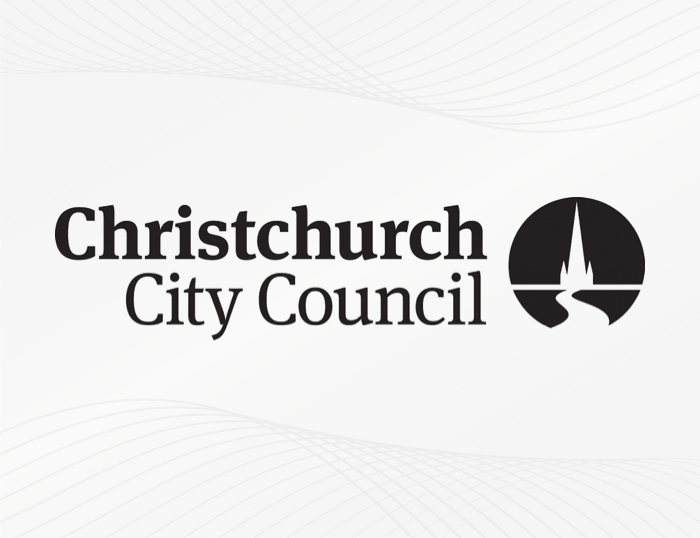Case Study
Christchurch City Council avoids spending NZ$250,000 and transforms IT program’s foundation within 6 months

At A Glance
Customer: Christchurch City Council
Employees: 2,299
Location: New Zealand
Products: Snow Spend Optimizer, Snow Optimizer for SAP® Software
Featured Stats
NZ$250,000 cost avoidance in year one
NZ$150,000 saving on Microsoft® licenses
400 surplus user seats deleted
236 unknown SaaS applications discovered
The Challenge
Outdated systems limited visibility and hindered effectiveness
Christchurch City Council serves some 380,000 residents living in Christchurch, the largest metropolitan area on New Zealand’s South Island. The Council manages a budget of around NZ$1.14 billion. It’s responsible for essential public services that range from waste and recycling to social care and mental health.
As part of their due diligence and compliance, the Council prepares an IT asset management plan every three years, which provides a comprehensive record of IT infrastructure, assets and performance. Data from the plan is included in the financial statements the Council uses for strategy development and to assess IT efficiency.
Colin Lawrence, arriving as the newly appointed team leader in the IT asset management department, realized that the Council’s IT planning processes needed modernization. “In fact,” he recalled, “the review provided very little visibility of our systems. Data was collected, correlated and aggregated manually over six months, with the Council’s service management tool used as the repository for asset data. This way of working severely limited our ability to make useful recommendations to the Council about how we operated, our costs and how we could become more effective.”
Significantly, the Council lacked the ability to measure IT consumption. Assets—servers, systems and software—could be purchased and remain unused, or perhaps be present on the Council balance sheet long after end of life. Additionally, IT services were charged to Council departments at a flat per-user rate, regardless of the services provisioned. Employees who barely opened their email inboxes had the same IT overhead cost as data-intensive office-based users, obscuring the true cost of each department’s operations.
“We managed to produce the review in around six months, using some neat workarounds to interrogate systems,” says Lawrence. “In the process, we were able to demonstrate what could be done with up-to-date, validated data—for example, reflecting correct asset depreciation rates in the balance sheet, and understanding IT consumption at the user level. We showed what could be achieved if we implemented true asset management capabilities, using best-practice tools and processes, and we started to search for possible solutions.”
We showed what could be achieved if we implemented true asset management capabilities, using best-practice tools and processes, and we started to search for possible solutions.
The Solution
A validated inventory with current, authenticated data
The Council requested its IT advisory partners—Gartner, InfoTech, and ITAM Review—to contribute to an extensive review of IT asset management solutions and complete an internal evaluation of both software and systems integrators.
Lawrence confirms, “Christchurch City Council chose these new solutions based on their extensive product capabilities, the excellent range of connectors to third-party software and the ability to replace manual systems with streamlined, automated processes.”
For the Council, implementing these solutions would also require some degree of cultural change, moving from an uncontrolled environment to full visibility of assets, users and consumption. The IT team spent time explaining the potential impacts and benefits to department heads. These impacts and benefits included cost analysis that would help them with operational planning, and enhanced security for the Council by removing unauthorized software and older, more vulnerable devices.
“Unlike many IT deployments that took several years, we completed this rollout within just months and immediately started producing results, just before our (NZ) second COVID-19 pandemic lockdown,” remarks Lawrence. “For the first time, we obtained accurate totals for on-premises devices, software and cloud subscriptions, and we could see who used which software and services.”
As a first step, the Council deployed the new solutions to create a “true-up,” a validated inventory of systems, users and processors for all Microsoft software. As people switched from office to working at home during the early stages of the pandemic, the Council experienced significant changes to usage patterns and behaviors.
“Prior to 2020, we believed that we could remove 400 seats from our enterprise license agreement. Once implemented, the new solutions confirmed those assumptions. As the pandemic lockdowns tightened, the true-up showed a steep rise in demand for Microsoft Office, moving from a low of around 2,100 to a high of 2,400,” comments Lawrence. “The essential element is that these solutions automatically collect software asset and consumption data to give you the ability to understand your environment. Based on current, authenticated data, they enable you to adjust operations and licensing for the maximum possible benefit, while fully achieving your organization’s aims.”
We gained real-time insight into our security risks, software consumption and asset inventory to help the Council make better strategic decisions in support of service delivery. These solutions help us give people the right tools for the right reasons for the right job.
The Result
Real-time insights increase compliance, lower cost and risk
Christchurch City Council has recorded immediate and impressive results, as Lawrence elaborates: “In the first year, the data enabled the Council to remodel our Microsoft licenses to match user needs more accurately, avoiding costs of NZ$250,000.”
With much greater control and visibility over its extensive IT landscape, the Council was able to assign Microsoft licenses at the appropriate level to each user. In some cases, they reverted to lower-cost options for users who did not need the full Office suite.
“Using these solutions, we found 236 cloud-based applications that both we and the department heads simply didn’t know about, and we even discovered users with illicit gaming software. We gained real-time insight into our security risks, software consumption and asset inventory to help the Council make better strategic decisions in support of service delivery,” comments Lawrence. “These solutions help us give people the right tools for the right reasons for the right job.”
From these initial successes, the Council has expanded its ambitions to include its core SAP applications, with Snow Optimizer for SAP® Software. This will allow the Council to collect and analyze SAP license data, automate license management and renewal, and ensure full compliance while minimizing licenses deployed.
Additionally, these solutions are enabling organization-wide IT lifecycle maintenance, retiring out-of-date and unused software, and confirming responsible end-of-life device disposal. As well as meeting recycling and environmental objectives, the Council now has a balance sheet that truly reflects its IT assets, and the data enables executives and political leaders to make solid operational and strategic IT decisions.
As the Council transforms from on-premises to cloud solutions, there will be a unique impact on its Microsoft Office licenses. Rather than employing a one-size-fits-all approach, the Council will use these products to examine application consumption at the user level so they can choose the optimal license mix that is both cost-efficient and offers the greatest utility for everyone.
Lawrence concludes, “Christchurch City Council is transforming to a modern, streamlined IT architecture, where we can assign IT cost and allocate investments according to assets and consumption, and plan business strategy based on validated, current data. This software gives us the core understanding of what we have and how we use it, helps us to invest in the flexibility and mobility of our workforce and ultimately enables us to deliver better services at lower cost to Christchurch.”
Microsoft is a registered trademark of the Microsoft Corporation.
Highlight

